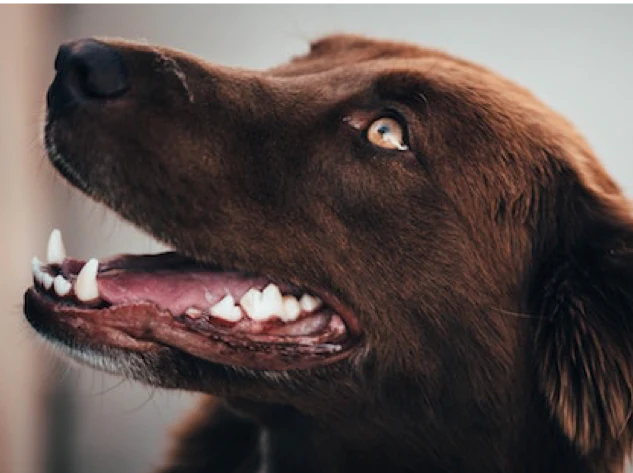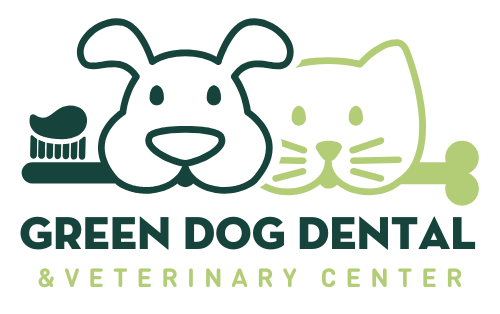
Your dog’s gums are like little warning lights, flashing red when something is wrong and at Green Dog Veterinary Center we are helping pet owners watch for the signs that this is a problem.
LEARN ABOUT DENTAL DISEASE
When periodontal disease advances, reddened gums are one of the first and most reliable signs. Most dogs (a staggering 90%) will have some form of dental disease during their lifetime, so it’s very important to learn to identify the signs that something is wrong in order to take appropriate action.
Canine and feline oral health is extremely important, and not just for their mouth and teeth. Left untreated, dental disease can wreak havoc on other bodily systems. Luckily, regular oral care at home coupled with routine dental cleanings at the veterinarian can help keep costly and painful dental issues at bay.
BE DILIGENT EVEN IF YOU CLEAN THEIR TEETH
But even if you remember to brush your pet’s teeth every day, and most pet parents have trouble keeping up with that rigorous a schedule, there is still the possibility that plaque and tartar will have a chance to build up over time. When this happens and is left untreated, your pet’s gums can become red and inflamed.
HOW TO TELL IF GUMS ARE INFLAMED
To tell if your dog has inflamed gums, the best thing to do is to take a look inside their mouth. Now, you know your pet better than anyone, and if you think that they will not tolerate having their mouth handled, you may want to enlist the help of your trusted vet. It can be very difficult to see in the back of their mouth, where their molars are, and those happen to be the teeth that can accumulate plaque and tartar the fastest.
NOT ALL GUMS ARE PINK!
In order to see if your pet’s gums are inflamed, you’ll need to know what they look like normally. Dog and cat gums can range in color from pink to black, depending on the breed. If your pet has black or black and pink gums, it can be trickier to see if they are inflamed in any way. With pink gums, it is much simpler.
Generally speaking, a dog's or cat’s gums should have a pink, healthy color, with no reddening around the edges of the teeth. They should not be excessively pale and should feel firm to the touch.
Gums that are inflamed will be red, can be swollen, and may be receding from the tooth line. It’s important to look at the entirety of your pet’s mouth, as the gums in the front may be healthy but the gums further in the mouth can be reddened and irritated.
THERE SHOULD BE NO SORES OR BLEEDING
You shouldn’t see any oral sores or bleeding. If your pet’s gums begin to bleed when you touch them, that’s potentially a sign of gingivitis or more advanced periodontal disease. Sometimes, it is very hard to tell if your dog’s gums are inflamed just be looking in their mouth. In these cases, it’s important to be able to recognize other, more subtler signs.
Dogs with inflamed gums may: be reluctant to eat, paw at their mouth, drool excessively, leave traces of blood on toys or their food and water bowl, and have bad breath. Remember, inflamed gums are one of the first signs of dental disease. If you catch it early, you have a better chance of bringing your dog or cat back to perfect oral health.
